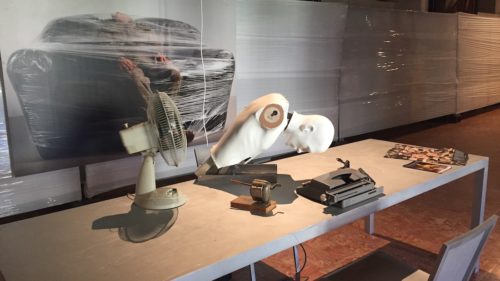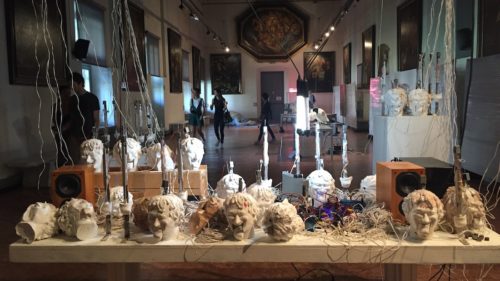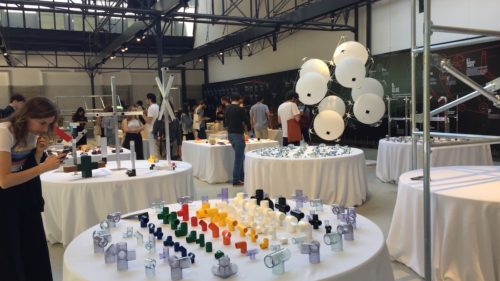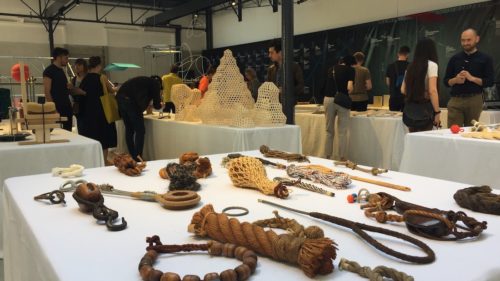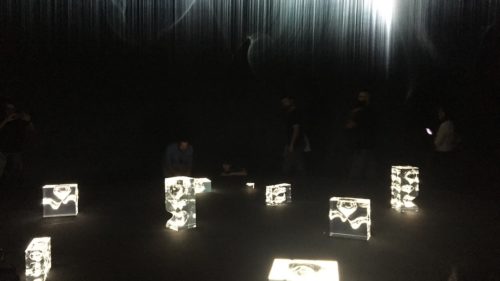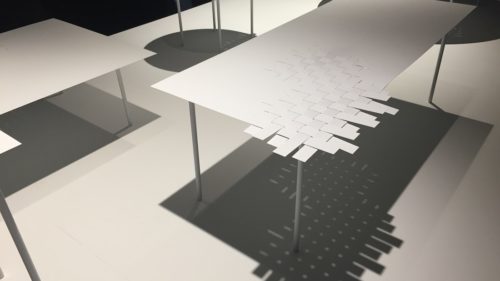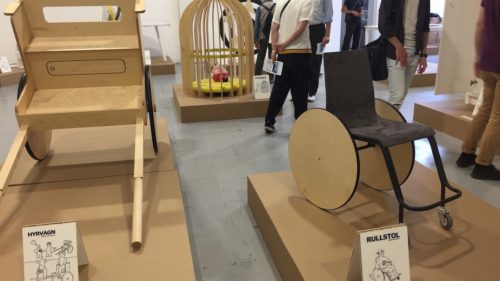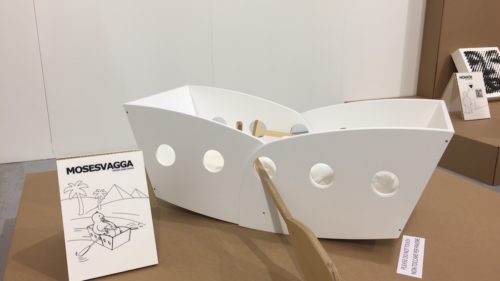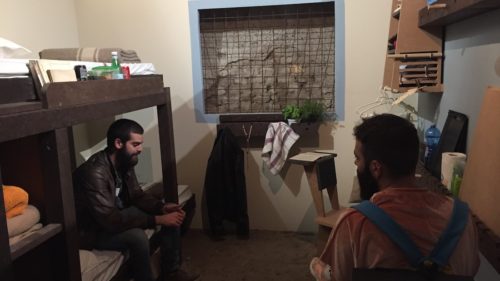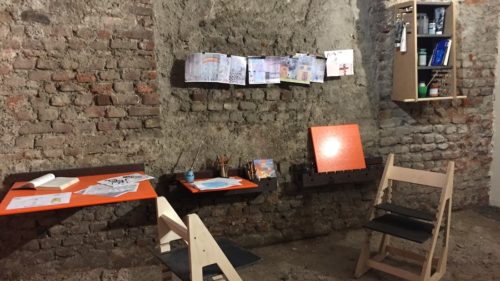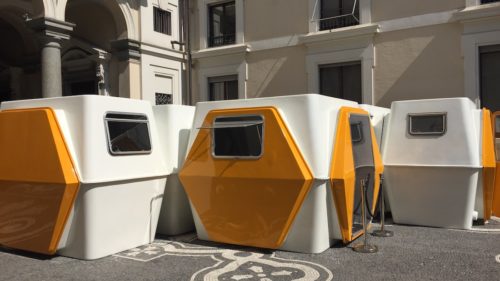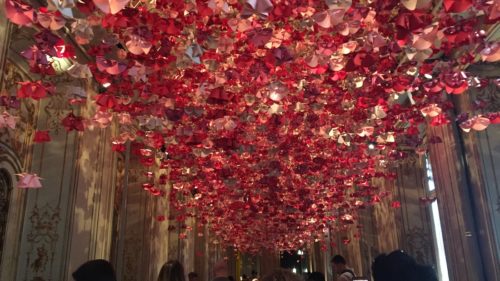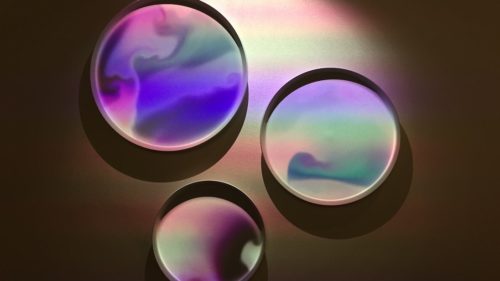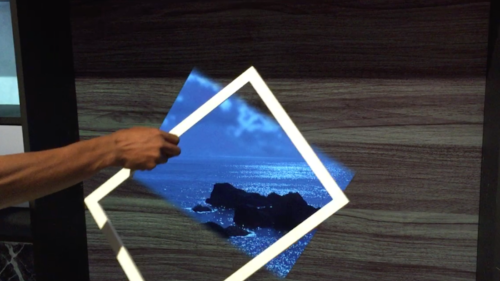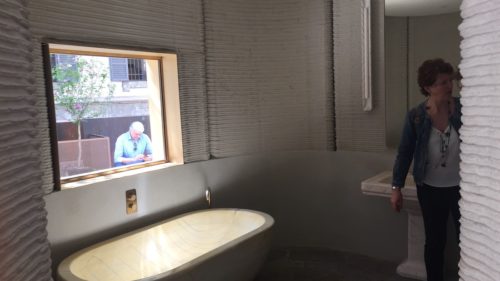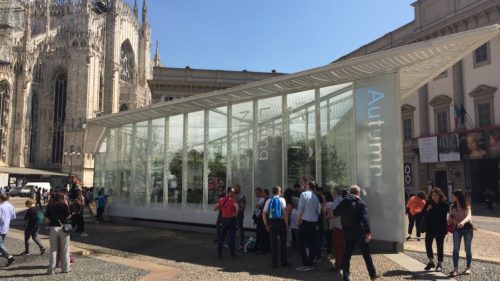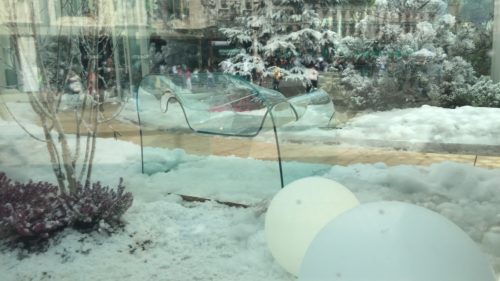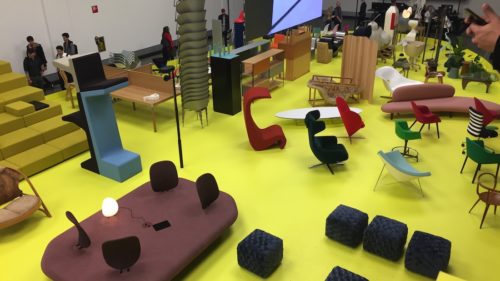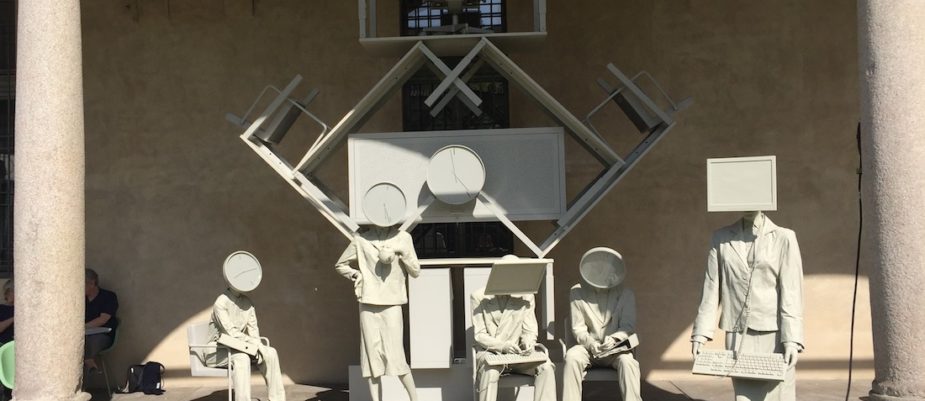
It was quite hard to choose among the numberless exhibitions and events (about 2000!) spread over the growing number of Milan Design Districts, actually an uninterrupted fabric of events and initiatives, from downtown to the suburbs. A most pleasant atmosphere for the “design people”, however at risk of being fragmented.
Following the live broadcasts on Facebook from Fuori Salone here is the selection of our favorites installation.
Rather than those purely narrative projects, we opted for settings having the products as focus, extolling and enhancing their identity, at the same time causing surprise and an emotional response in visitors.
Due to the limited energies and time, we also opted for those installations not just meant as a mere spectacle but featuring innovative content and pioneering technologies, construction methods, products or concepts on new work and life styles. Even life styles in coercive and inhospitable surroundings – such as prisons – that we’d rather forget.
The 10 WOW! installations.
The most outrageous installation: Lensvelt.
“Nothing new” represents Lensvelt’s anti-statement against the endless buying of new items that we do not need, while the existing furniture is still in perfect condition.Curator, entrepreneur and publicist Anne van der Zwaag conceived the ingenious concept for Nothing New in which Lensvelt reuses existing furniture by temporarily buying it back through Marktplaats, Ebay and 1st Dibs, by borrowing the furniture and exhibiting it’s own showroom items.
Maarten Spruyt, a premier stylist and exhibition designer, designed the exciting and somewhat uncomfotable installation. In a never-before-seen moving spectacle, Spruyt brings together Lensvelt’s iconic designs with autonomous art works and installations of famous artists that are not commonly seen at a design fair
The most conceptual installation: PlusDesign with Juventus.
“U-Joints” curated by Andrea Caputo and AnniinaKoivu explores the theme of connection in design. A taxonomy that classifies joints of every shape, material and dimension. A technical element par excellence becomes a metaphor for the Union and for team building (the exhibition is sponsored by Juventus and will become itinerant) able to fascinate designers and creatives, but also mechanical engineers.
The most poetical installation: Nendo.
“Forms of movement” by Oki Sato showed in a light and suggestive way ten objects that have as common denominator the sense of movement, in function or in the production process: tables, zippers, tiles, packaging and hourglasses.
The communicative power of Nendo once again fascinates us.
The most mocking installation: Idea.
The Idea project started as a reflection by Niklas Jacob on how, in the past decades, a new phenomenon has risen within the furniture industry with the appearance of big furniture chains who offer a complete line of home items.
He invited 18 designers to reflect on this topic, in an ironic way, creating a flat-pack and do-it-yourself Idea that you would rarely find in the Design Supermarket.
The most socially engaged installation: Stanze sospese.
“Stanze sospese”, a social design project born from an idea by Daniele Fiori and Giovanna Giannattasio, supported by the Allianz Umana Mente Foundation, starts from a research carried out in the Milan penitentiaries to rethink the living conditions of those forced to live in contexts recovery or imprisonment. A shelf to store your belongings, a table to study, a chair to play chess, can make the difference. To make the furniture, recycled plastic was used.
The most luxurious installation: Louis Vuitton.
“Objects Nomades” gave us an unprecedented installation, curated by Clement Cividino: in the courtyard of Palazzo Bocconi there were installed the “Hexacubes” housing units designed by Georges Candilis in 1970. While the upper floor of the prestigious building was the setting for the spectacular exhibition designed by Atelier Oi, plush furnishings and accessories signed by renowned designers: in addition to Atelier Oi, Patricia Urquiola, Marcel Wanders, Fratelli Campana, and many others. Only for very rich nomads …
The most technological installation: Sony Design.
“Hidden Senses” by Hirotaka Tako with Setsu & Shinobu ITO, is a sensorial experience visualizing an enriched lifestyle for a new tomorrow. See, hear and feel Hidden Senses that inform your everyday life.
Challenging the constraints and preconceptions between technology and human behaviour, whilst interacting with familiar objects in a contextual space.
The most “concrete” installation: 3D Housing 05.
“3D housing 05”, a project by Massimiliano Locatelli of CLS with Italcementi, Arup and Cybe, is a prototype of an economic house built with 3D printing and cement powders. The stratification of the cement generates a pattern that characterizes the surface of the walls. A concrete and sustainable solution in the architectural project in a perfect balance between material quality and emotional experience.
The most sustainable installation: Living Nature.
The official installation of Salone del Mobile designed by Carlo Ratti Associati. Four natural and climatic microcosms,
four Seasons that coexist together, at the same time, inside a 500 sum setting carried out according to energy-saving measures, making a sustainable use of natural resources.
The most chaotic installation: Vitra.
“Typecasting”, curated by Robert Stadler at Pelota, like a garage-sale, displays on a yellow floor, without apparent order iconic objects, forgotten vintage pieces, new products and futuristic prototypes. A good summary of what Design means.
Text by Renata Sias

